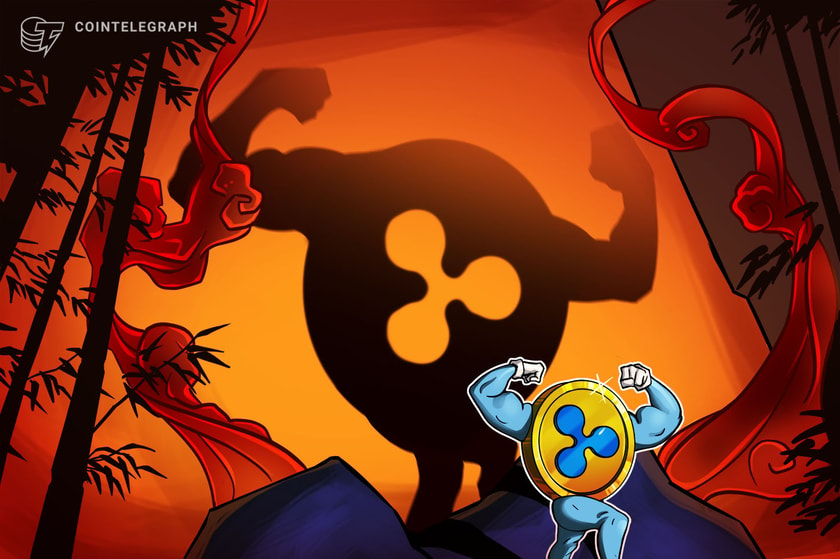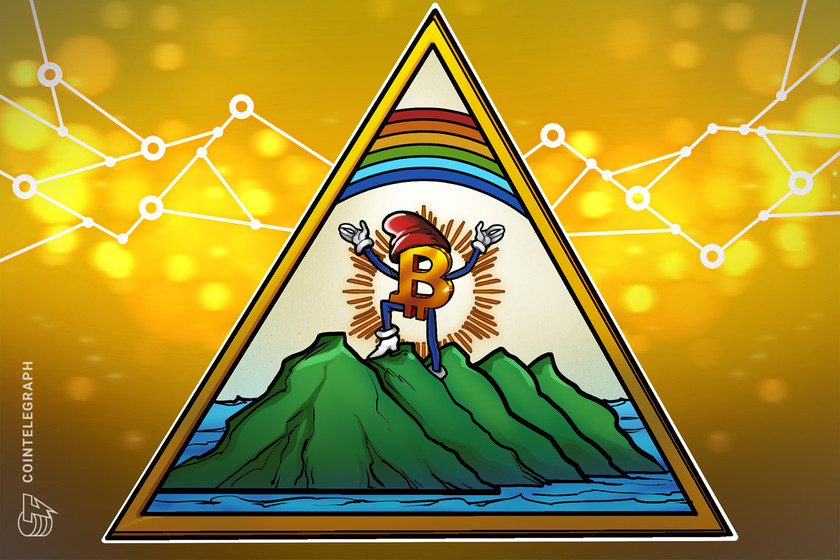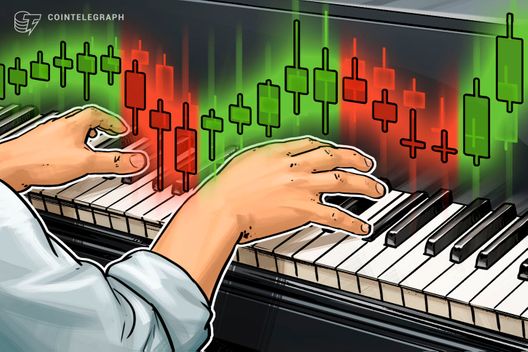China’s 180M digital yuan airdrop, Devastation in Turkey, Laos’ CBDC: Asia Express
Our weekly roundup of news from East Asia curates the industry’s most important developments.
China airdrops 180 million digital yuan to celebrate Lunar New Year
According to state-owned media Global Times, Chinese cities airdropped a total of 180 million digital yuan (e-CNY) worth $26.6 million to boost consumption during the Lunar New Year celebrations between Jan. 22 and Feb. 5. Nearly 200 digital yuan activities were launched during the festival, and commercial institutions also participated in these promotions, covering various sectors such as mobile communications, supermarkets, transportation and tourism.
Data from Meituan, a popular Chinese food delivery platform, showed that its 20 million digital yuan vouchers given out in partnership with the city of Hangzhou government were claimed in less than 10 seconds. China has prioritized the development of its central bank digital currency (CBDC) as part of its digital economy transformation, with numerous local party officials receiving key performance indicator targets regarding their efforts to promote the currency.
Asia-Pacific crypto exchanges donate to Turkey
In an act of international solidarity, cryptocurrency exchanges operating from several countries in the Asia-Pacific region were quick to react to a series of devastating earthquakes that struck Turkey and Syria on Feb. 6, with death tolls exceeding 12,000 at the time of publication. Singaporean exchange OKX said it would donate 1 million lira to the relief effort, while Binance stated it would airdrop $100 in BNB to Turkish users with addresses listed in the affected region. Cryptocurrency exchange MEXC Global also announced it would donate 1 million lira to help with earthquake relief. Meanwhile, Justin Sun, an adviser at crypto exchange Huobi Global, pledged 2 million lira for relief efforts. Donations are currently not available to Syrian residents due to sanctions.
“While the [proof of address] method has its limitations and inaccuracies, it is the best method we have available for us to locate potentially impacted users. We estimate the total donations will be around $5 million USD (or 94,000,000 TRY),” Binance stated.
Laos’ made-in-Japan CBDC
On Feb. 7, the Bank of the Lao People’s Democratic Republic (PDR) and Japanese fintech company Soramitsu joined forces to launch a proof-of-concept for a CBDC in the country. The project, dubbed “DLak” (Digital Lao Kip), follows a feasibility study of a blockchain-based payment infrastructure in Lao PDR, which took one year to complete and was initiated by the Japan International Cooperation Agency.
The proof-of-concept will first be issued to a commercial bank, sent to individuals for payments at stores and collected by the Bank of the Lao PDR from the commercial bank.
According to the Lao central bank, the objectives of the study are financial inclusion, cross-border remittances and the advancement of payment systems.
Soramitsu has been selected by the Ministry of Economy, Trade and Industry of the Japanese government to conduct feasibility studies on CBDC in several countries, including Lao PDR, Fiji, Vietnam and the Philippines. The company has developed a digital currency for the National Bank of Cambodia and is actively involved in proof-of-concept tests for major Japanese enterprises and open-source projects.
Binance halts dollar deposits and withdrawals
Binance has announced it will temporarily suspend all U.S. dollar bank transfers starting Feb. 8 for its non-U.S. international customers. The firm says that only around 0.01% of its monthly active users utilize the transfer option, but acknowledges it still represents “a bad user experience.”
According to Binance, the suspension will only affect U.S. dollar bank transfers for users outside of the Binance.US exchange and will not impact other methods of buying and selling cryptocurrencies. Although the firm did not state a particular reason, Cointelegraph reported on Jan. 22 that Binance’s SWIFT banking partner, Signature Bank, banned USD SWIFT transfers below $100,000 to limit exposure to the crypto sector. The exchange is reportedly looking for a new banking partner and will have an announcement for affected users in “the next couple weeks.”
Damus censored in China
On Feb. 2, just one day after the launch of the decentralized social network Damus, developers claimed that their app was removed from Chinese app stores “because it includes content that is illegal in China.” A message to developers read:
“According to the CAC, your app violates the Provisions on the Security Assessment of Internet-based Information Services with Attribute of Public Opinions or Capable of Social Mobilization. If you need additional information regarding this removal or the laws and requirements in China, we encourage you to reach out directly to the Cyberspace Administration of China.”
Previously, Damus reached the top 10 in terms of free social media apps on the App Store in the U.S.
The social network, which operates on the decentralized network Nostr, emphasizes user control and privacy, with no centralized servers. Although banned in China, the app is still available anywhere else in the world. On Feb. 7, developers teased a new feature that will allow users to earn satoshis, the smallest denomination of Bitcoin (BTC), based on their post engagement.
Huobi lists FTX debtors’ coin
On Feb. 5, Huobi announced the exclusive listing of FUD (FTX Users’ Debt) token issued by DebtDAO. FUD is a Tron-based bond token issued on behalf of creditors of bankrupt cryptocurrency exchange FTX with an initial issuance and liquidity of 20 million FUD with a fair-price range of 0 to 5 Tether (USDT). As a contract with DebtDAO, FUD holders are entitled to secondary offerings and airdrops after FTX restores its database or confirms the actual debt of the creditor.
1/7 $FUD (FTX Users’ Debt) is a bond token issued by DebtDAO on behalf of FTX creditors.
— DebtDao (@debtdaoio) February 4, 2023
After the airdrop, DebtDAO says it will conduct a 1:1 debt buyback for FUD holders. However, after a wild price surge to $113, Huobi stated the very next day that it would burn 18 million FUD tokens to maintain parity. Justin Sun, an adviser at Huobi, claimed that early users received “10x return” after the burn event.
Binance returns to South Korea with acquisition
On Feb. 3, Bloomberg reported that Binance acquired a majority stake in the South Korean cryptocurrency exchange Gopax. While terms of the deal weren’t disclosed, users reported a 14.91 million Binance USD (BUSD) withdrawal from Binance’s $1 billion Industry Recovery Initiative around the same time of the announcement.
Binance previously exited the South Korean market in 2021, citing low usage and volume, but claims it is returning to the market to help customers of the ailing Gopax exchange. In November, Gopax halted withdrawals and interest payments for its decentralized finance yield product GoFi after its broker, Genesis Global, suspended withdrawals due to “unprecedented market conditions.” As part of the acquisition terms, Gopax CEO Lee Jun-haeng reportedly resigned and sold his entire 41.22% stake in the exchange.

Zhiyuan Sun
Zhiyuan sun is a journalist at Cointelegraph focusing on technology-related news. He has several years of experience writing for major financial media outlets such as The Motley Fool, Nasdaq.com and Seeking Alpha.









